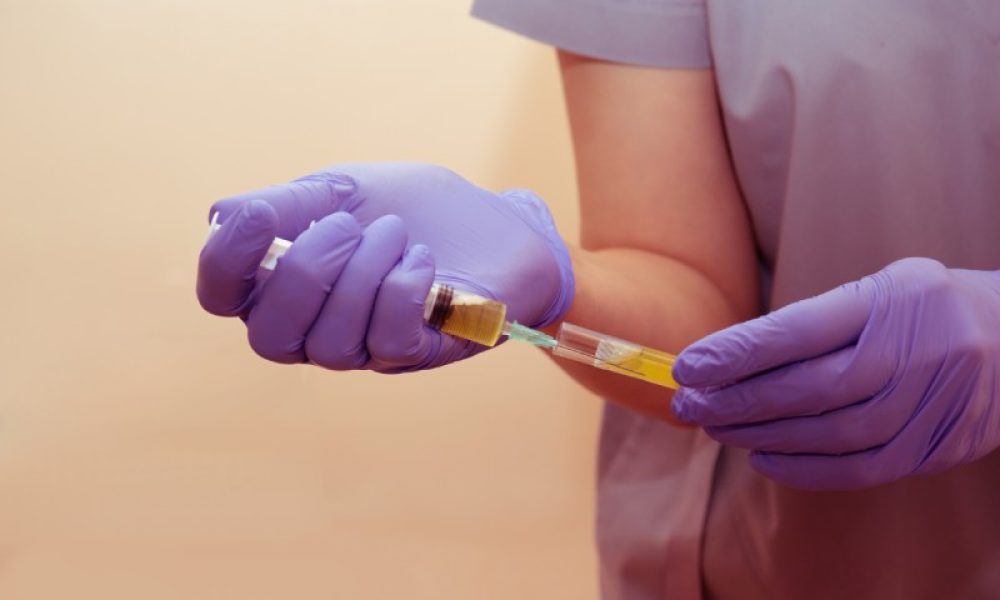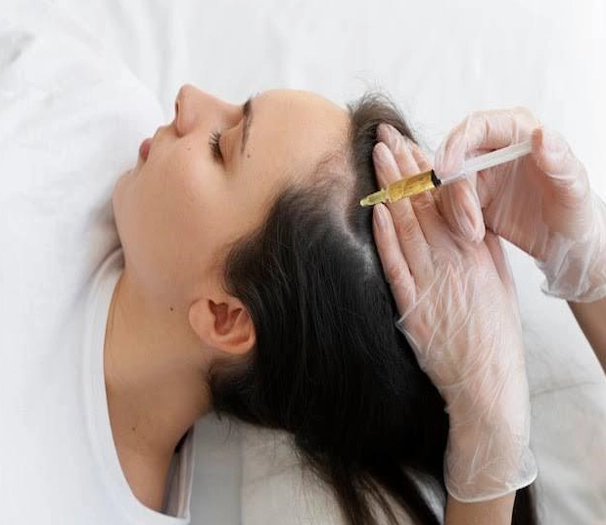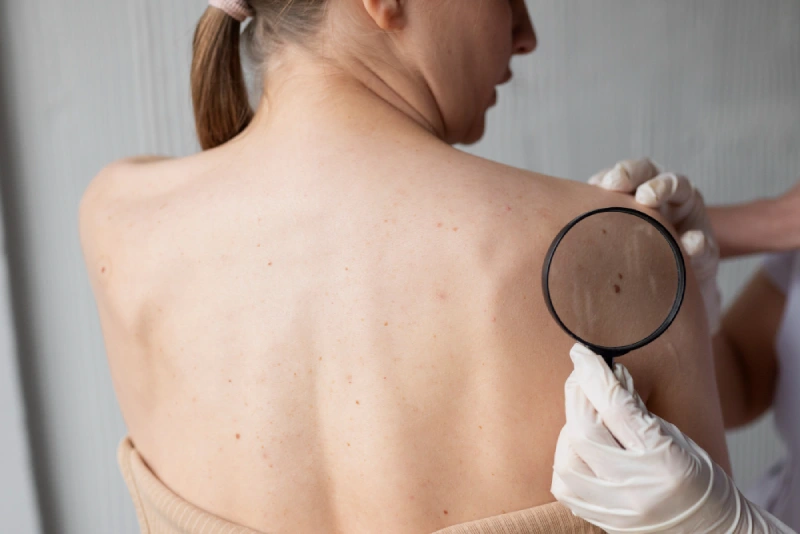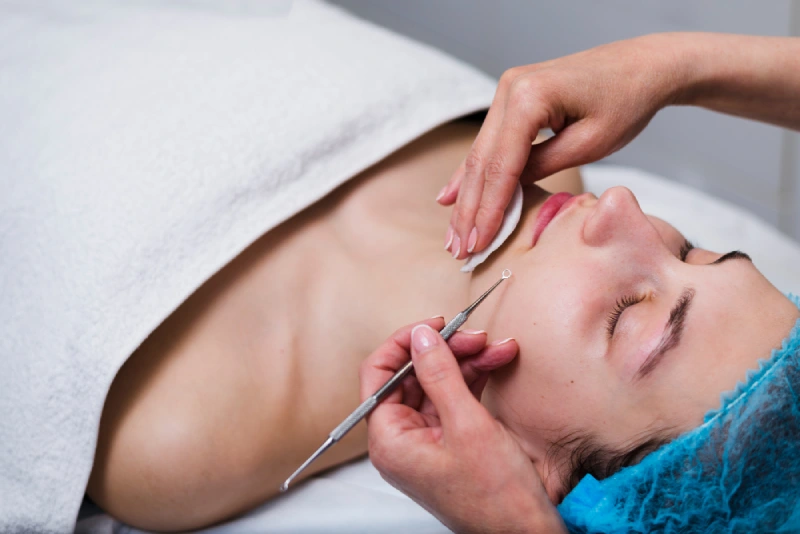Platelet Rich Plasma (aka PRP) is a part of your blood. If you take a blood sample and spin it fast in a centrifuge it will break down into three parts: platelet-poor plasma, platelet-rich plasma, and red blood cells.
PRP is made up of plasma (the liquid part of blood) and a dense concentration of platelets. Platelets are complex cells that perform several important functions in the body such as wound healing and blood clotting. They also have immunity boosting properties, secrete growth hormones that tell your cells how to behave, and assist in tissue regrowth.
PRP treatments are commonly used for sports injuries, skin rejuvenation, and hair loss. It’s even becoming more commonly used as a treatment for arthritis.
How is PRP Therapy performed
Your provider will draw a vial of blood from your arm. Once they spin down your blood in a centrifuge and collect your PRP, they will inject it into your skin. You may have heard of a “vampire facial” before. This is a skin rejuvenation treatment where PRP is micro-needled into your face at depths between 0.5-2.5 mm to improve collagen production and skin appearance.
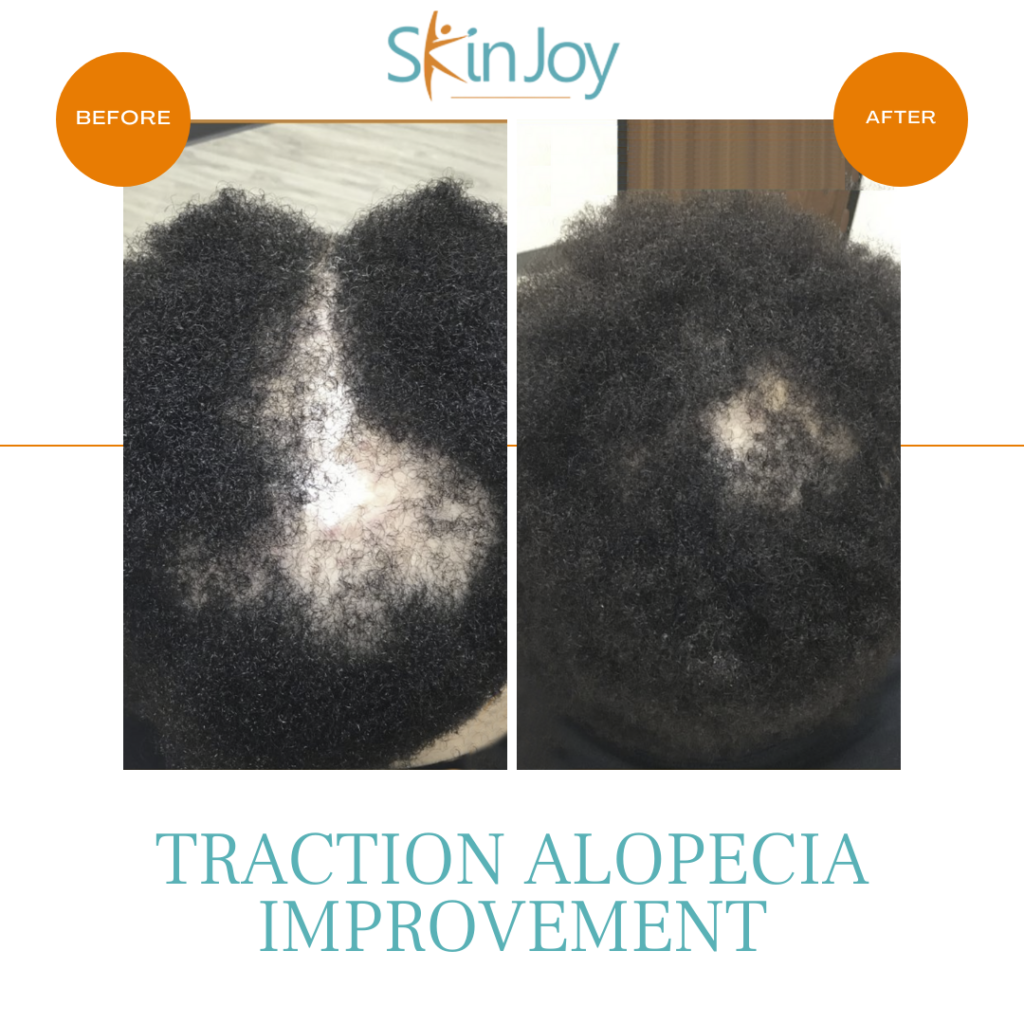
The process for hair loss is different because the PRP needs to be applied into deeper tissues for best results. Therefore, your provider will inject the PRP into your scalp with a needle at depths of 4-6 mm. Approximately 0.5 mL of PRP will be injected every half inch of your head or on specific areas of hair loss.
What Are the Benefits
Keeping in mind that every body is different and has unique responses to treatment, studies show that PRP can offer many people significant benefits in improving hair loss. In people with male or female pattern baldness (aka hormone-related hair loss or AGA) PRP can increase hair thickness, hair count, can lengthen the hair growth phase, and can actually stimulate hair follicles and hair growth.
Interestingly, a study was conducted on a group of people with AGA hair loss comparing the effects of minoxidil with PRP. They performed similarly, but PRP won out in the end.
It’s been shown that minoxidil and PRP therapy used together actually improve the effects of both treatments. It’s worth discussing what other hair loss treatments might support and improve the benefits of your PRP therapy with your dermatologist.
It has not yet been determined how well PRP treatment works for other forms of hair loss, such as stress-related or autoimmune hair loss disorders. Hopefully further studies will be conducted to determine if PRP is of benefit in various forms of hair loss.
The Downside
- Having injections all over your scalp at a depth of 4-6 mm may not be for everyone. This is not a pain-free procedure. Topical anesthetic like Lidocaine might not be offered as it has been proven to diminish the efficacy of the treatment.
- Discomfort in your scalp often lasts for 3 to 4 weeks after treatment, and complete healing may take several months.
- This is not a cheap treatment, and you will most likely need at least three appointments 4-6 weeks apart to get the full benefit. After that initial course of injections, it may be recommended to have maintenance treatments as needed.
- Although unlikely, it is possible to have injured blood vessels or nerves, and scar tissue can possibly develop at injection sites after a minimally invasive procedure such as PRP for hair loss. Discuss risks with your doctor before treatment.
Take Away
PRP for hair loss is a promising treatment for male and female pattern baldness. The initial beneficial results last around 18-24 months, so it is not a permanent solution and follow-up treatments will likely be necessary to maintain your hair growth.
This is not a procedure for everyone due to the potential discomfort and financial investment, but it can significantly change the course of your hair loss journey. It is less invasive and less expensive than a hair transplant, and the results tend to look perfectly natural.
PRP for hair loss is a commitment, but it might give you a boost of self-confidence every time you catch your reflection in a mirror. It’s up to you to decide if it’s worth it.

